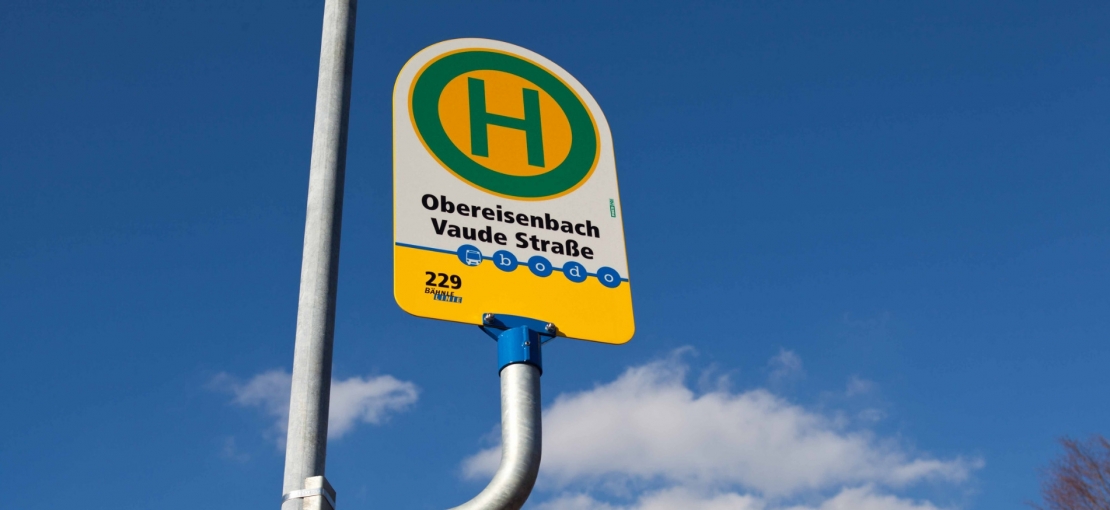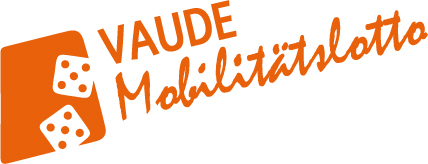
Transportation revolution? Not yet...
Mobility is essential
A creative rethink is what’s needed
Business travel and commuting are responsible for almost one third of emissions in the VAUDE climate footprint. One third of all energy consumption in Germany is due to personal and goods transport. More information from the Federal Environment Agency can be found here.
All the experts are in agreement: our transport needs to become more eco-friendly. To achieve this, a change of mindset is necessary for our society – for each one of us, for companies, communities and in politics.
Creative ideas on how we can maintain our mobility with the help of technology – and without a large loss in convenience – are called for. (Digital) networking is the magic word: combining various transportation methods for separate legs of travel and (financial) incentives to support a change in behavior to less individual car traffic.
Mobility Concept with six components
VAUDE also has a need for action in this area to reduce the impact of transportation on people and the planet. Since 2010, we have been working intensively on work-related mobility and business travel. We have already implemented a number of measures. The VAUDE mobility concept with multiple components:
1. Bike commuting: We commute over 40,000 kilometers per year! Read more here.
2. Carpooling with digital support – the greatest potential for us! Read more here.
3. Public transport (ÖPNV): The Bähnlelinie connects VAUDE in Obereisenbach to Tettnang and the train station in Meckenbeuren
4. Travel guidelines for business travel – Read more here
5. Fleet management – serious business in these times of diesel scandals and air pollution warnings… Read more here.
6. Mobility lotto – small incentive with a big impact (see below)
The challenge of fleet management
Our aim is to reduce the number of vehicles in our company fleet, reduce the number of kilometers driven and to switch to low-emissions vehicles. The public debate about fine particulate pollution in the atmosphere and nitrogen oxides have not exactly made decisions in fleet management any easier... Here you will find detailed information on how things look at VAUDE.
Long commutes to our rural location
Due to our rural location, most employees have to commute longer distances to work. We can't “force” anyone to give up their car. But we can provide incentives. How we do this is explained here. Our goal remains to significantly reduce emissions from commuting. Read here to find out how far we have come.
Mobility Lottery Incentive: Trainees bring the good news
Even the very best mobility concept can’t actually save emissions – it has to be put into practice. VAUDE has introduced a Mobility Lottery to motivate as many employees as possible to leave their cars at home.
Each week our trainees give away a weekly prize to one of our employees who didn’t commute on their own in a car. In order to be eligible, employees have to use eco-friendly transport for their commute (bike, e-bike, car pooling or the bus) and then sign up on a simple Excel list in the VAUDE intranet. This list also serves to measure the distance spent commuting by other means than in one’s own car.
Our employees enjoy winning prizes such as restaurant coupons, vegetarian cookbooks, bike accessories and even electricity measuring devices for home use. And it also ensures that “environmentally friendly and cost saving commuting” remains a topic of conversation in our offices.
Our mobility lottery is a simple but effective measure for raising awareness on the vital topic of transport among our employees.

VAUDE transport is climate-neutral
All emissions generated by VAUDE are calculated by myclimate. This helps us to not only create transparency of the source of emissions in our carbon footprint, but also forms the foundation we use to offset all unavoidable emissions. With our climate compensation payments, we finance projects that reduce emissions to the same extent that we produce them. This makes our climate balance neutral – see VAUDE Carbon Footprint.
By 2020, we aim to reduce emissions from employee mobility (business travel and commuting) by 10 % compared with 2015. We achieved this target for the first time in 2018. Nevertheless, we still have a long way to go in terms of environmentally friendly mobility: Our vision is emission-free and health-promoting mobility.
| GRI: | 103 |




